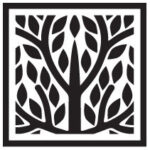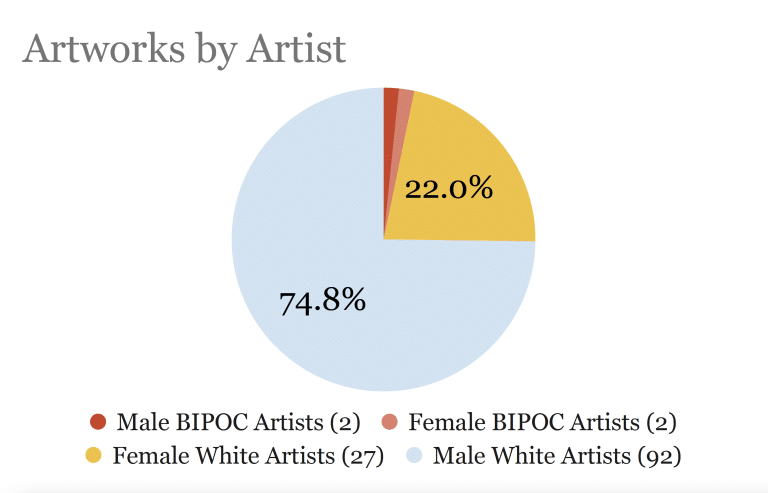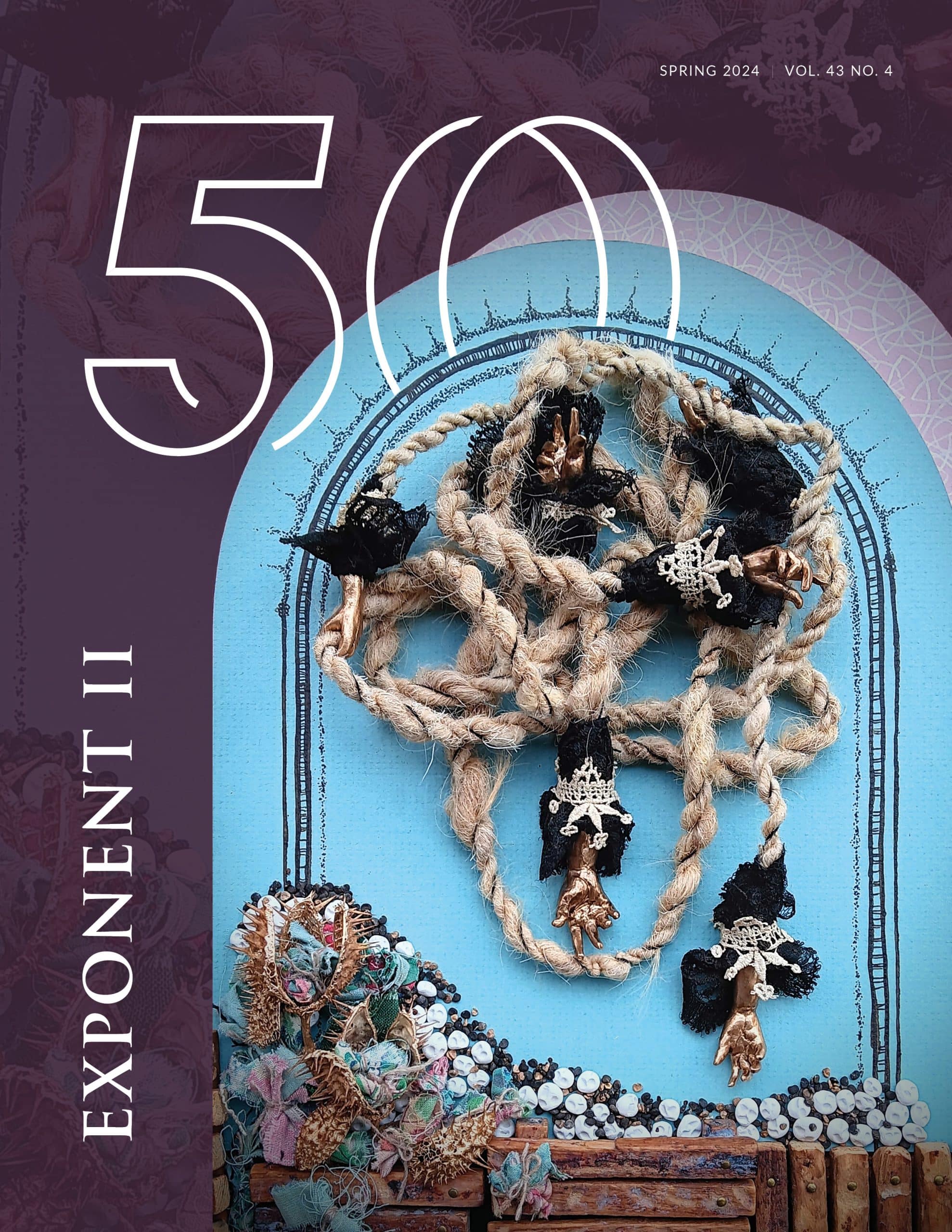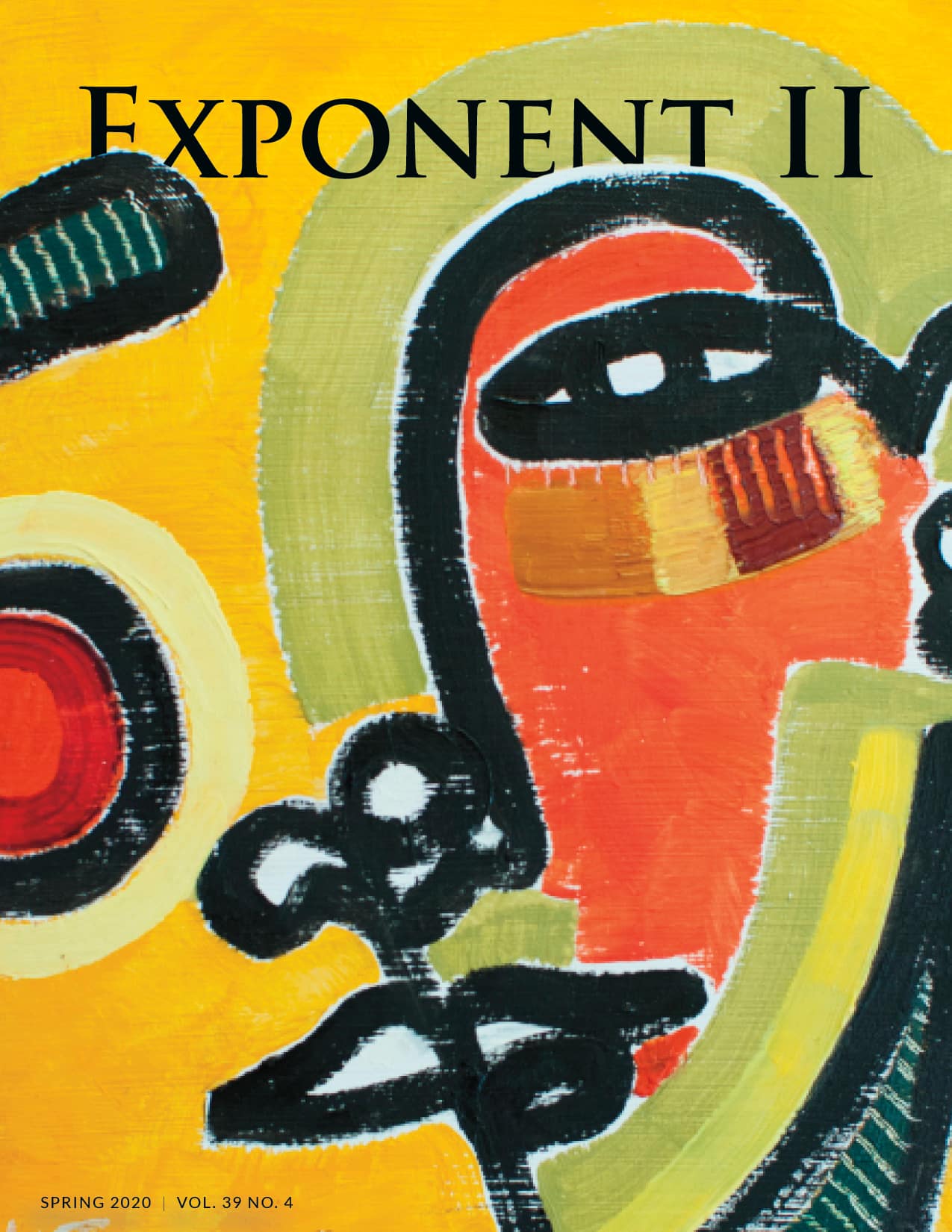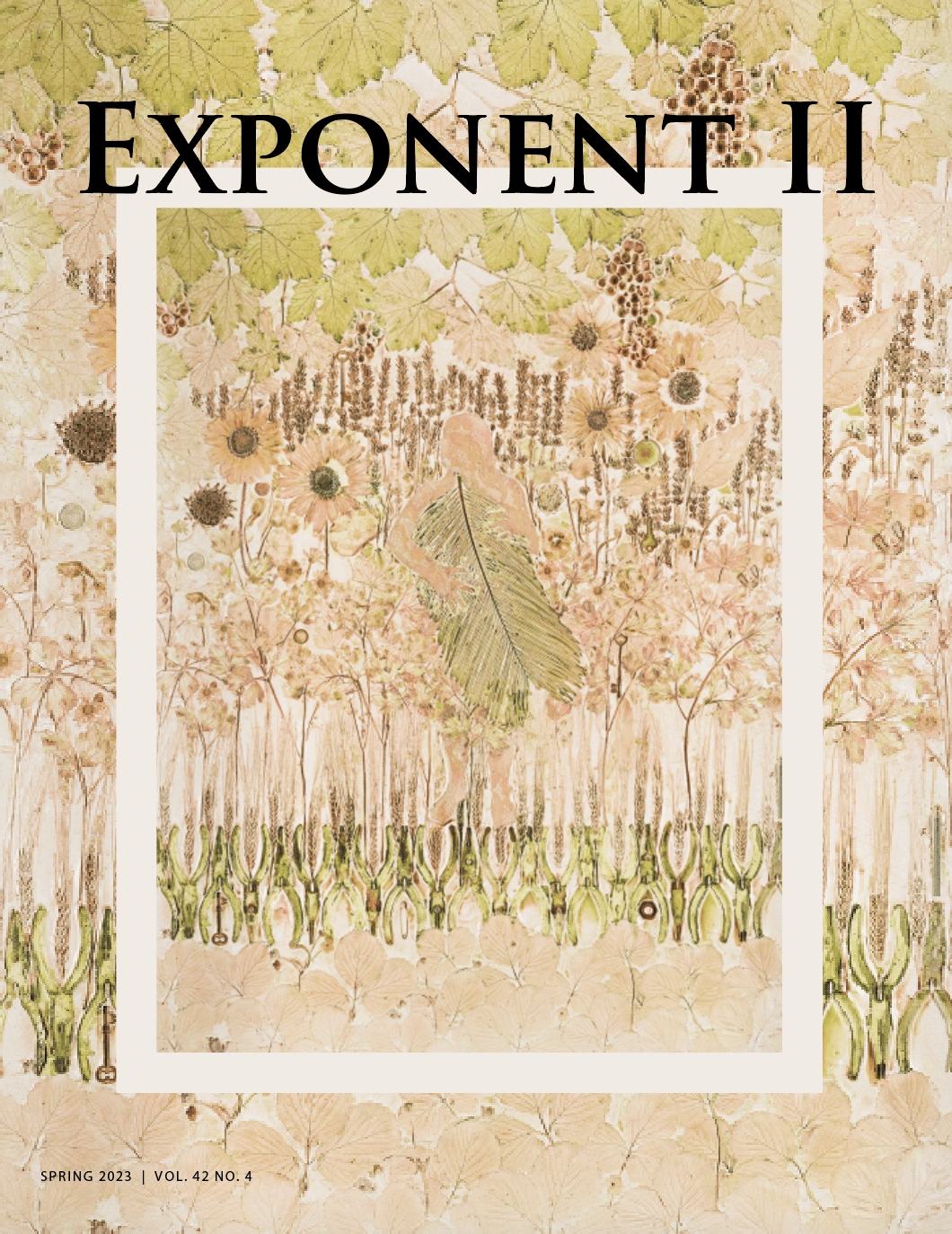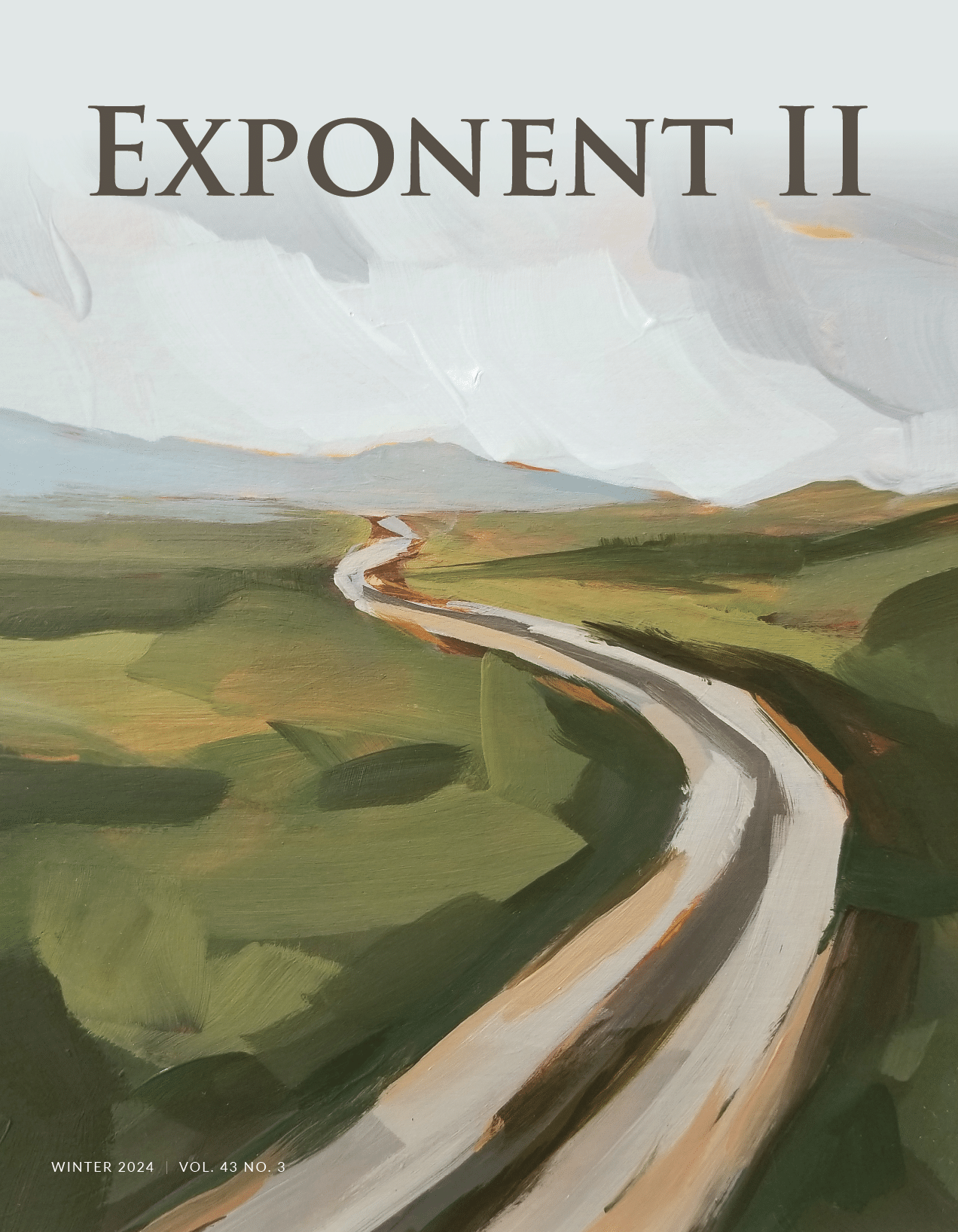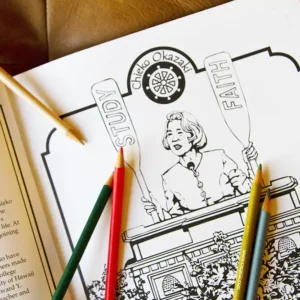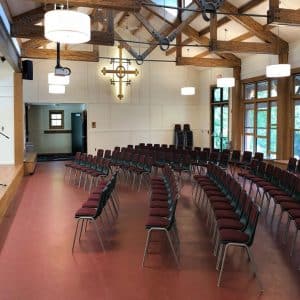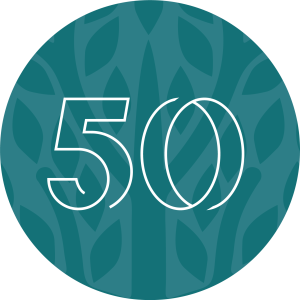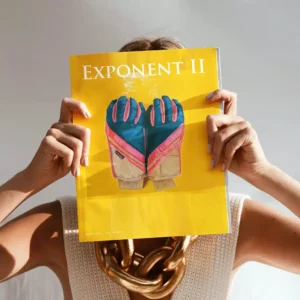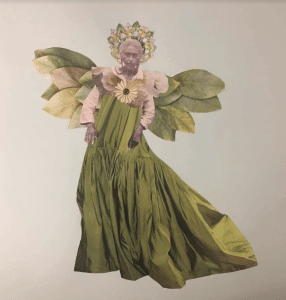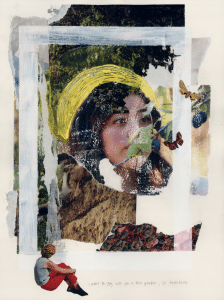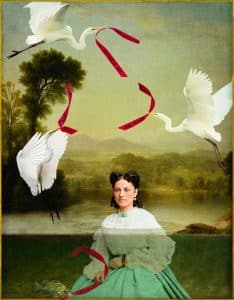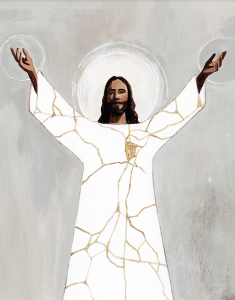Is the 2022 Come, Follow Me manual diverse and inclusive?
I often talk about the intersection of art, religion, gender, and race. I believe we become what we consume, visually that is. The Come, Follow Me manual is no exception. I’ve been looking forward to this year’s topic of study, the Old Testament or Hebrew Bible, as it provides opportunities to represent women and diverse cultures/ethnicities. While the manual overall contains a rich array of generally good to high-quality art pieces, it does little to capitalize on these opportunities.
Now, I want to clearly state that this essay is NOT intended to condemn the specific artists whose work is featured (I know and respect many of them), to condemn the design team (I do not know the constraints they were forced to work with), or to condemn religious artwork with white and/or male characters. Everyone should be represented in religious art. My intention is rather to 1) ask decision-making parties involved in this manual to consider their process: who they include and what factors they consider. I know there are good BIPOC and women artists, and inclusive artworks, out there. Why weren’t they utilized? 2) To point out problems with the ratios of representation. 3) To ask fellow artists to consider the power we have to influence religious thought and culture, and how we might use that power. 4) To provide church members with knowledge and tools to make informed decisions about the art that accompanies religious study. I know gears are turning behind the scenes to improve the diversity in Church visual materials, but the results of those efforts may take a few years to manifest. HOWEVER, we as a community don’t need to wait for the organization to create a visual culture of diversity and inclusion in the most important branch of the church, our homes.
Let’s dive into my favorite part, the data — shown in the accompanying charts.
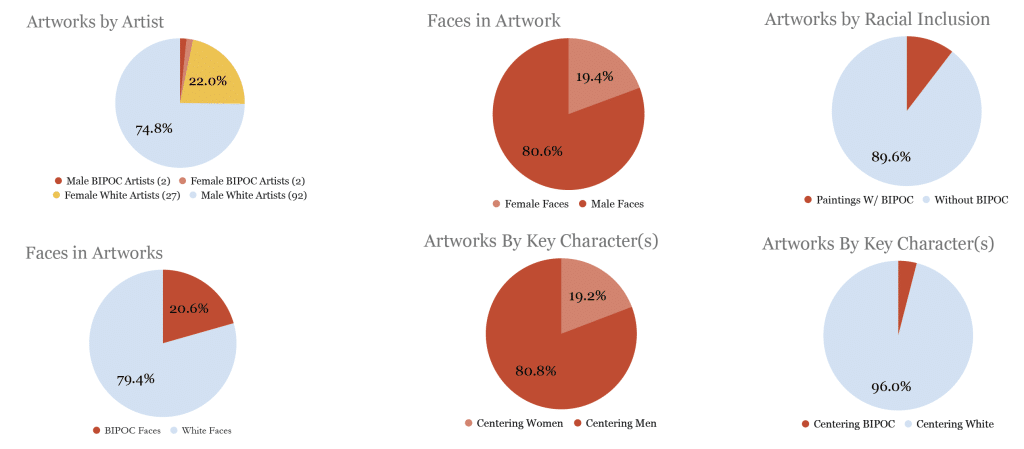
As you view, keep in mind that, at this point in history, at least half of the church members are BIPOC and over half are women. Overall, there are 125 pieces of artwork in the manual, NOT including church stock photos. Of these artworks, about a quarter are by women and less than 4% are by BIPOC artists. There are only two BIPOC artists represented with two pieces each. Of the scenes depicted, about 1 in 3 included women, and only 1 in 10 included BIPOC figures.
Across all the artworks, there are 403 faces. A ‘face’ must be at least half-visible, large enough to take up a significant portion of the painting, or be composed of enough brushstrokes to indicate individual, clear features (i.e. eyes, nose, mouth). About 1 in 5 of those could reasonably be considered BIPOC faces. The ratio was approximately the same for female to male faces. While the overall representation ratios were not the worst I’ve seen, a closer look at the narrative roles of these figures was telling. Of the 125 artworks, only five featured a BIPOC figure as the key character. A ‘centered character’ is defined here as a figure clearly equal to a partner, or more important than other figures, in the painting. This is determined by composition, emphasis, implied lines, and contrast.
Finally, in comparing the authorship and the inclusivity of the works, it became very clear that the women and BIPOC artists were more than pulling their fair share of bringing diversity and inclusion to the table in their work. Despite creating only one-quarter of the artwork in the manual, they were responsible for almost half of the diversity. In other words, for every ten paintings by a woman and/or BIPOC artist, six of those depicted diversity. For every ten paintings by a white male artist, two to three of them depicted diversity.
Why does this information matter? Because humans are fallible and, throughout history, those weaknesses have often manifested as the exclusion, disempowerment, and violence against women and BIPOC peoples. In Latter-day Saint history, that has manifested as white supremacy taught as doctrine, the minimization of female power and voice within our communities, and the limitation of the female role to domestic duties. Thankfully much (but not all) of this negative narrative has been corrected within official publications as the restoration has continued to unfold. But ALL aspects of church culture must reflect the gender and racial equality our doctrine preaches. Otherwise, the words feel empty and problematic narratives continue to be fostered. If an impressionable child opens a church manual and sees only white faces, the child could easily associate skin color with righteousness and religious power. If a young girl opens a church manual and sees few images of women, and the few that do illustrate submissive and domestic roles, she might internalize her story and voice as secondary, or that the only good she has to offer the world is in the home. While some images in this manual break down these narratives, they are few and far between.
So if you are reading this and aren’t at the decision-making tables that affect the CFM manuals, what can you do? What choices can the average viewer make?
- Express your concerns via email to the decision-makers. Ask them who is at the table where the decisions are being made.
- Email Deseret Book to express your gratitude for the efforts they have been making to provide more Female and BIPOC inclusive content and encourage them to create and publish more. You can email the president of DB at [email protected]
- Seek out women and BIPOC religious artists to follow and support on social media. Look beyond the confines of our denomination. Much of the diversity I have found in religious art happens outside of Latter-day Saint culture.
- Purchase diverse religious art for your homes and share it on your own social media.
- Utilize diverse art in your Sunday school, RS/EQ, YW/YM, Primary, and Seminary lessons. No policy limits you to using only church “approved” art in your lessons.
- I will be posting my favorite diverse artworks in my Instagram stories each week.
In closing, I recognize that this manual does show some improvement in the diversity, inclusion, and quality of art in Church curriculum materials. I especially appreciated some of the lesser-known works from various museum collections. But we still have a long way to go. If the goal of Zion is to create a community where all voices are heard, where all individuals are equal and valued, let’s do better at “picturing” that celestial goal.⋑
Esther Hi’ilani Candari | @hiilanifinearts | hiilanifinearts.com

